The Super Bowl draws in more than just sports fans each year. In fact, the viewer count hit over 113 million this year. People watch for, yes, actual football, but also for the $7 million 30-second ads (the price only goes up from there) and can’t-miss musical performances. If you ask model and actress Cara Delevingne, the game was just background noise to the real show: Rihanna’s halftime performance.
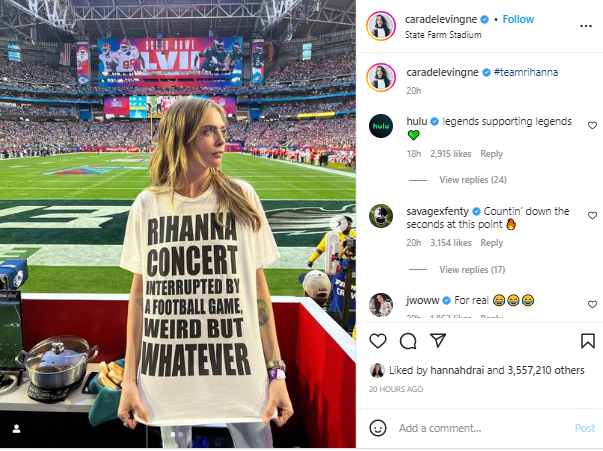
When Pepsi announced they would end their 10-year sponsorship of the Super Bowl Halftime Show earlier this year to focus on a younger generation of consumers and the platforms they are heavily active on, a wake-up call was sent to marketers to reevaluate their own play calling.
As consumers shifted from linear to streaming television and value authenticity over all else, brands were faced with a challenging yet pivotal decision on how to connect with consumers during this monumental sporting event. Partnership and influencer selections, creative, channel execution, technology, and tactics beyond the traditional 30-second spot were all critical to a winning strategy.
Here are some key themes we saw and how they fit into broader marketing and consumer trends:
Brand partnerships illustrated the rise of retail media networks and the trend toward co-branding
- Michelob Ultra had several partnerships this Super Bowl season. The beer brand and Instacart partnered to create shoppable TV ads directing viewers to a branded page on Instacart. Layered within this partnership was a CPG collaboration with Frito-Lay as a suggested snack pairing. The CPG collaboration marked the first co-marketing effort under Instacart’s new media network capabilities. (Marketing Dive)
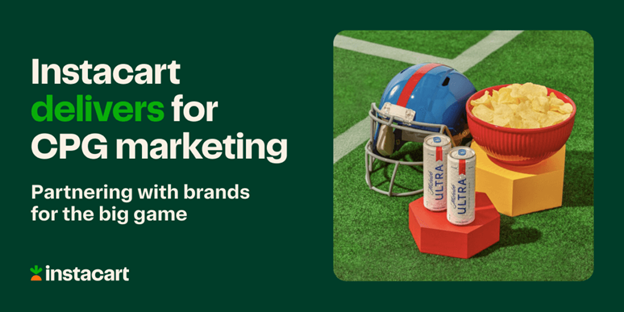
(Instacart)
- Michelob Ultra did not stop there. They also partnered with Netflix and retailer Devereux Golf for a golf-themed commercial including shoppable elements of clothing items worn by celebrities including Serena Williams in a “Caddyshack” themed ad spot. (Ad Age)
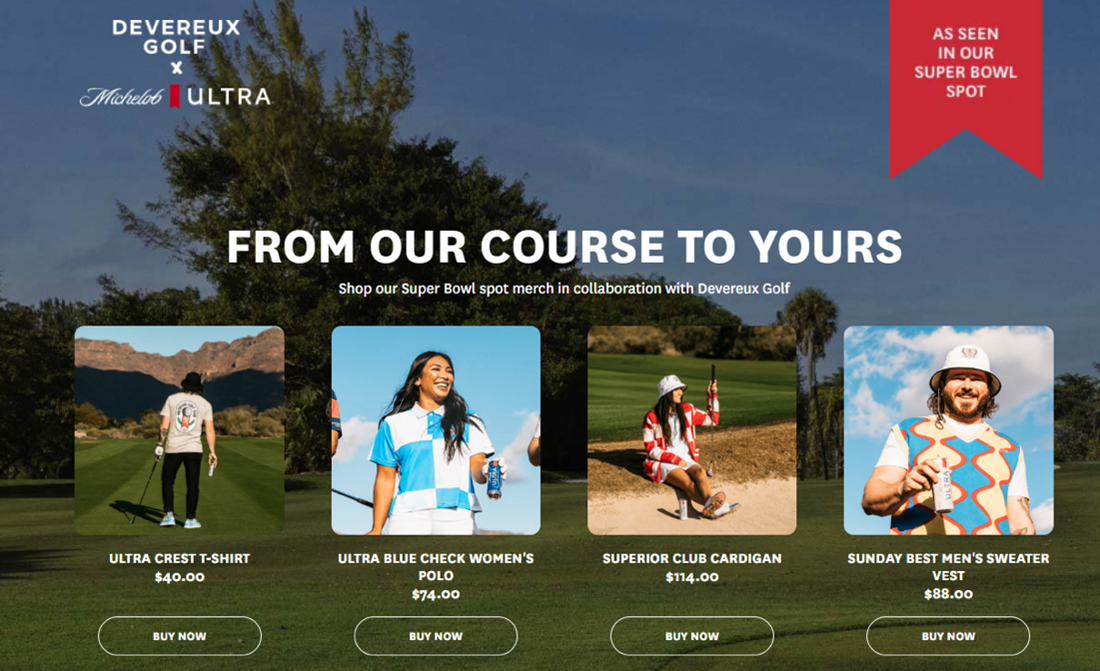
(Michelob Ultra)
- In another co-branding campaign, Miller Lite, Coors Light and Blue Moon, all Molson Coors brands, teamed up with DraftKings, a sports betting platform, to let fans predict the ending of their Super Bowl commercial, betting real money on which combination of events would come to fruition in the ad on Super Bowl Sunday. The free-to-play contest saw more than 250,000 entries with an award of $500,000 in prizes on the line. (Ad Age)

Courtesy of Molson Coors
Super Bowl advertising is no longer exclusive to upper funnel tactics such as awareness
A wider adoption of scannable technology such as QR codes and the use of “second screens” while watching linear and streaming TV are enabling brands to drive consumers further down the funnel for Super Bowl advertising.
- Michelob Ultra used QR codes in their shoppable ads to drive viewers to their branded Instacart page encouraging them to shop game day beverages and snack pairings.
- Molson Coors and DraftKings drove viewers to a dedicated DraftKings landing page where participants could “play” the ad making bets on how the commercial would end. The tactic accomplished two goals: driving engagement and making sure viewers were paying attention to their commercial during the big game to find out if their bet was correct.
- Other brands using QR codes to drive engagement include Limit Break for free digital collectables, Fox’s Animal Control comedy series for a sneak peek of the show, and Planters for an 11-minute roast of Mr. Peanut which had 1.8 million views as of 2 days post Super Bowl. (Digital Turbine) It should be noted that although Limit Break did have a nod to NFTs, there were significantly less ads around crypto this year due to recent events within the space and a significant loss of consumer interest in crypto and NFTs as whole.
- Although the travel site, Priceline, did not use QR codes to drive viewers down the funnel, they did hide travel deals in their pre-game ad spots and digital ads during kickoff and halftime through interactive features on Meta, TikTok, and YouTube. (Marketing Dive)
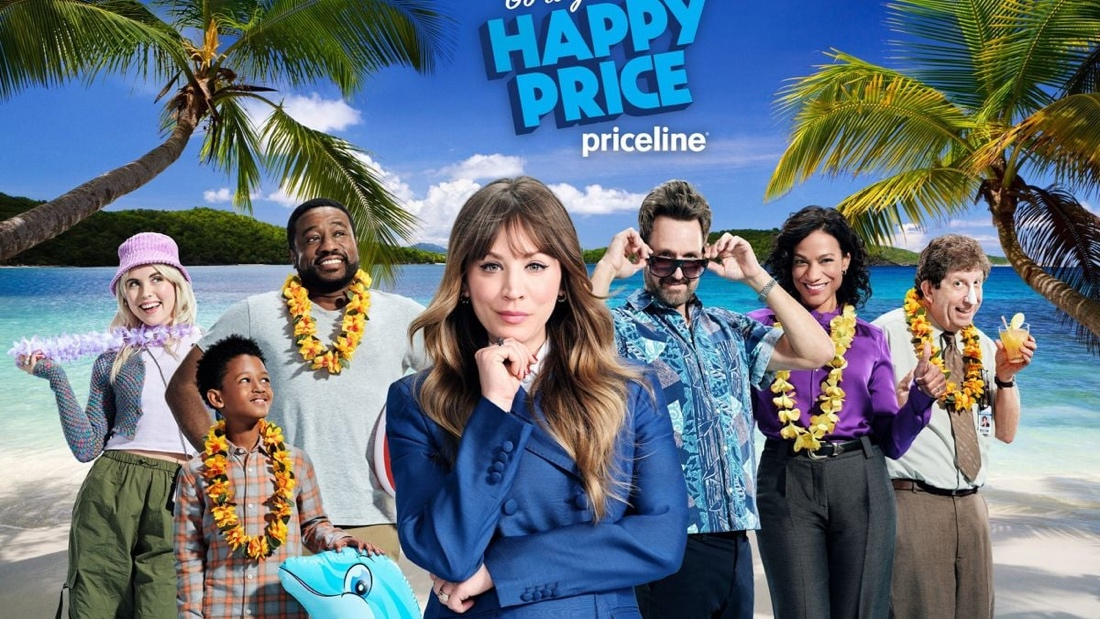
(Priceline)
Some brands ditched 30-second spots altogether to leverage the powerful impact of social media influencers
Several big brands decided to skip the $7 million 30-second spots this year to better align their efforts and budgets with Gen Z’s media habits. Hyundai and State Farm turned to TikTok to participate in Super Bowl conversations taking advantage of the month-long buildup on social media before the big game and the use of second screens during it.
- Hyundai leveraged the star power of Kevin Bacon and his daughter — plus several TikTok influencers — to drive awareness for the brand’s electric vehicle leading up to the Super Bowl. In the two weeks before Super Bowl Sunday, the campaign generated over 100 million views on TikTok alone and drove up engagement rates 130% from last year’s efforts. (The Current)
- State Farm, who usually runs Super Bowl spots, decided to use a TikTok creator strategy this year, selecting the biggest star on the platform, Khaby Lame, for a competition-driven campaign. Viewers who accurately predicted how many times State Farm would be mentioned during the game had the chance to appear in a TikTok with Khaby Lame. This was a witty strategy, considering the Super Bowl stadium has State Farm in its name.
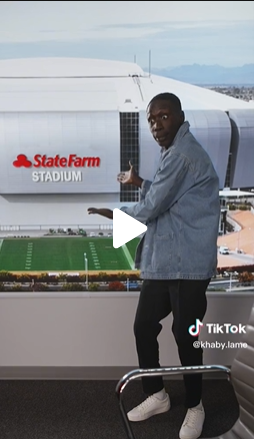
(TikTok)
Some 2022 stats that informed this decision:
- According to AdColony in a 2022 study, 59% of Super Bowl viewers keep up with the game on multiple devices and 43% browse social media while they watch the game. (Mobile Advertising Blog | Digital Turbine)
- In a study by Suzy in 2022, 57% of TikTok users watch sports content on the platform weekly. (Sports on TikTok: How to win the big game 🏈 | TikTok For Business Blog)
Winning Super Bowl strategies included multi-touch tactics across the customer journey
The truth is, 30-second Super Bowl ads alone no longer move the needle with audiences whose attention is divided between multiple screens — among other distractions. Multi-touch campaigns incorporated throughout the customer journey, from awareness to conversion before, during and after the big game are necessary to make an impact.
- Avocados from Mexico went all out for the Super Bowl and did not forget a single game day party favor. In addition to their 30-second spot, the brand launched a line of signature color Pantone décor, letting fans transform their homes into an Avocados from Mexico branded physical touchpoint.
Other multi-touch tactics mixed into the customer journey included an audio component that let fans remix their jingle, Super Bowl themed content and recipe pages, and in-store displays of Deion Sanders and Tracey Edmonds with QR codes shoppers could use to vote for their favorite recipes. From awareness through conversion, Avocados from Mexico made sure their campaign was seamlessly integrated across a variety of touchpoints throughout the customer journey. (Marketing Dive)
- Priceline took a page from the “integrated marketing strategy” playbook this year. As mentioned earlier, the travel site aired pre-game spots and included digital ads with hidden travel deals, but the fun did not stop there. Priceline further integrated their campaign into the customer journey through social media, influencer marketing partnerships, audio and podcast ads. (Marketing Dive)
A sticky 30-second spot is great and might even generate an influx of short-term buzz, but it takes three or more positive interactions with a brand to start building trust and forming a relationship. As Ad Age put it, “too many ads, not enough campaigns” when it comes to the Super Bowl. (AdAge)
Consumer trends including a desire for authenticity, emotional connection, and reliance on nostalgia to calm always-on anxiety were apparent in creative
We saw a lot of celebrity appearances and humor this year, but brands who leveraged consumer values of authenticity, emotional connection, and nostalgia to calm always-on anxiety won the advertising game.
Several brands used social media influencers instead of or in addition to celebrities for greater authenticity and relevance with their intended audiences.
- Pepsi took a unique approach with “Great Acting or Great Taste?” that was risky but worked. Using big-time actors — including Steve Martin and Ben Stiller — prompted viewers to question the authenticity of the “improved taste” claims followed by a challenge for viewers to try it themselves. (Ad Age)
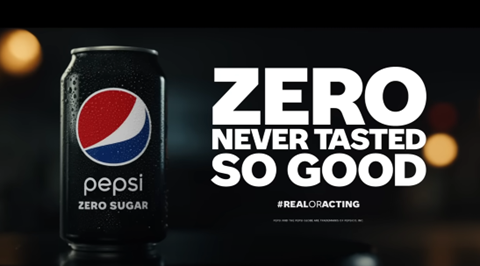
- The Farmer’s Dog and Amazon ads both spoke to emotional connection, showcasing people’s connections to their pets and the products that nurture them. The Farmer’s Dog “Forever” spot followed the journey of a woman and her dog from childhood to adulthood. Storytelling through both audio and visuals pulled on viewers’ heartstrings and reminds them “Nothing matters more than more years together,” earning it a top spot in USA Today’s ad meter. (Ad Age)
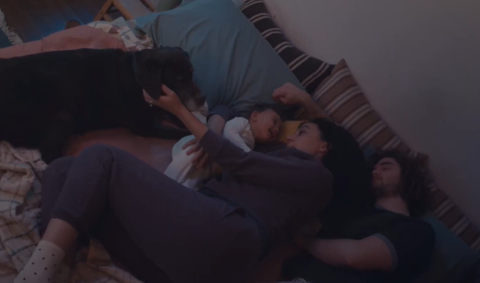
- “Saving Sawyer” by Amazon looked at the other side of dog ownership, including chewed-up remotes, broken lamps
,and overall destruction of the home when the owners were away due to loneliness. However, a special crate bought on Amazon for transportation of a new puppy heals Sawyer’s loneliness when the owners leave. Honestly, we all just need a friend and a few Amazon purchases. (Ad Age)
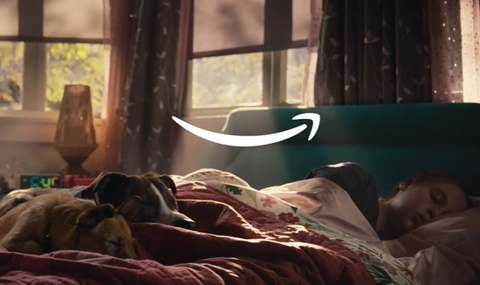
- Notes of nostalgia-based marketing were apparent in Super Bowl ads. Most notable was T-Mobile’s spot with John Travolta singing a rendition of “Summer Nights” from the movie Grease. The catchy tune instantly caught viewers’ attention with a comforting, familiar nod to the blast from the past while also highlighting their cost savings during a time of financial stress for many. (CBS News)

What can marketers carry into the rest of 2023?
- Co-branding is making its way into digital advertising as well as loyalty programs: Which brands most align with your customers’ interests and values? Can a partnership with that brand expand your audience and drive success?
- Expand beyond the traditional with streamlined, integrated, multi-touch campaigns reaching across the digital and physical customer journey for greater impact and consumer trust.
- If you aren’t using influencers by now, get your head in the game! It is important to select creators that have genuine interest and use for your brand and products. Authenticity and honesty are key, but if you get those two elements right, you will experience full-funnel success.
- Speaking of authenticity, marketers must pay attention to the evolving consumer mindset and find ways to incorporate those values into their marketing. Whether easing consumers’ anxieties with nostalgia and feel-good storytelling, providing connection, helping them explore newfound curiosities, or just giving them a good laugh, consider all aspects of your creative and how consumers will receive it.
So, are Super Bowl TV spots worth it?
In short, yes, Super Bowl TV spots are worth it. It is undeniable that the Super Bowl has a large, engaged base of viewers. However, the creative must be right. Most brands only have 30 seconds to make a memorable impression. It needs to be good enough to get picked up on social media and in the trades. Very few ads will actually go viral.
What can brands do about it?
Advertisers who want to put their money into a Super Bowl ad during the game need to consider additional touchpoints leading up to and post-game to form trust with the consumer and build a relationship.
Marketers must pay attention to larger marketing industry trends for supplemental physical and digital touchpoints. Brands must lean into consumers’ mindsets and trends to resonate with viewers in a meaningful way.

